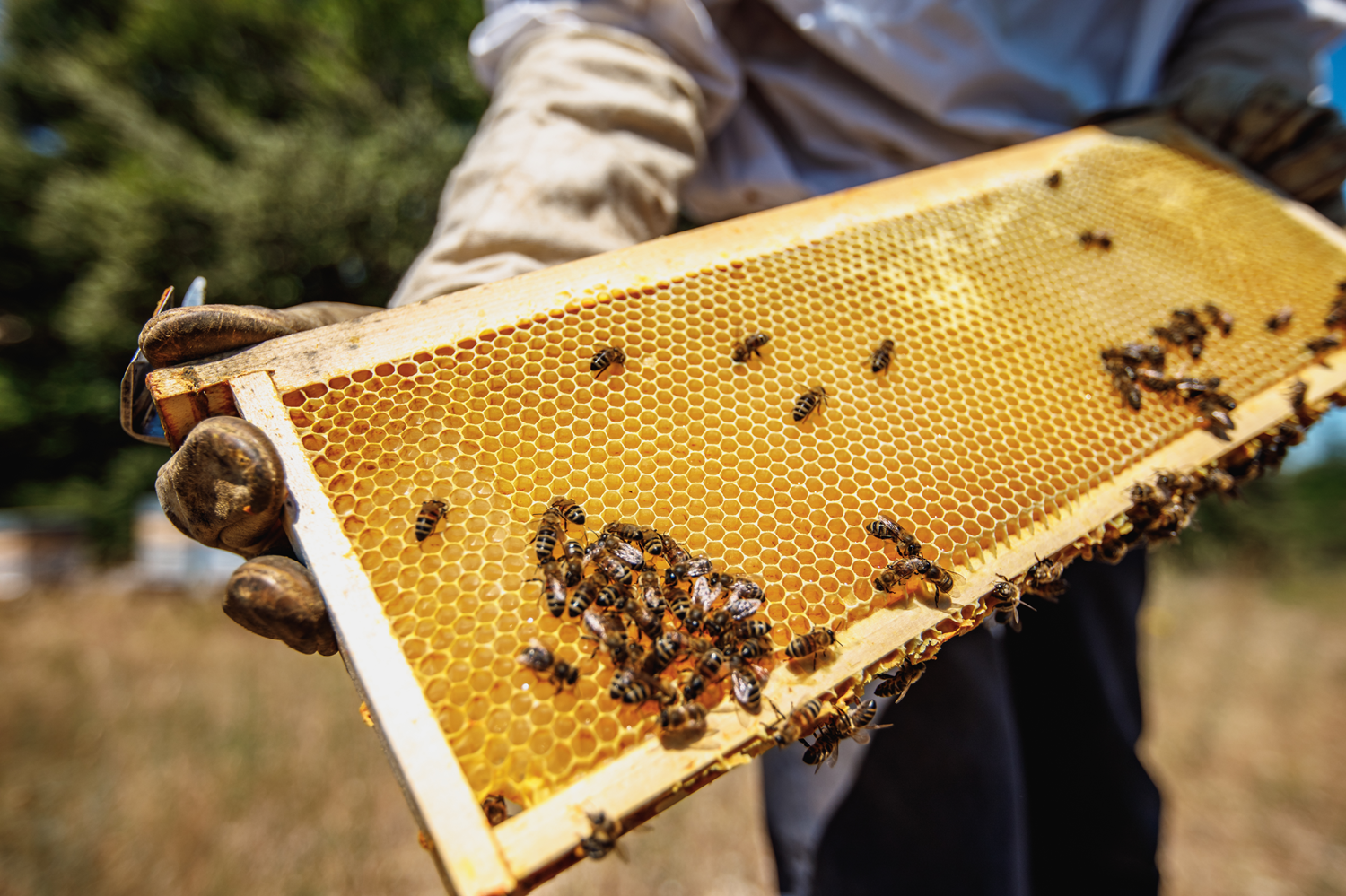Before you go any further...
I've read and accept the Terms of Use and the Privacy Policy.
I accept to receive newsletter and other communications associated with firms of The Explorers Network group'
I accept to receive commercial offers of The Explorers Network partners'.
Thanks!
Vote everyday for your favorite content
SENSITIVE CONTENT
This media contains sensitive content which some people may find disturbing or offensive.
You must be 15 years of age or older to view sensitive content.
Log inBirthday
Content being validated
THE EXPLORERS +
Watch our premium movies
The Explorers + is our premium movie catalog in Ultra High Definition (HD/4K/8K)! Hundreds of videos already available and daily new content on all your devices (web, mobile, tablets, smart TV).
Post content (photo or video) and get 1-month free
OR
Subscribe and support The Explorers Foundation's field actions for biodiversity.

Content being validated
A production allowed by flowers, bees and other insects
0
0
The production of honey happens with the help of flowers, bees, and other sucking insects without requiring human intervention. The bees gather pollen from the flowers that they thus allow to reproduce and that have adapted their scents and colors to attract them. The insects collect their nectar through their trunks and store it in their crops up to the hive. Other insects (aphids, mealybugs) are involved in the production of honey by feeding on the sap they release on the leaves of the trees in the form of sweet-tasting honeydew, also collected by bees, after digestion. In the hive, the bees mix nectar and honeydew with their saliva and then pass the mixture from crop to crop. As it passes through, the mixture is enriched, transformed, dehydrated, concentrated, and gradually becomes honey. The more the honey contains honeydew, the darker and stronger it is (oak, chestnut honey, etc.); the more nectar it contains, the clearer and sweeter it is.
Related content

Médias en cours d’exploration

